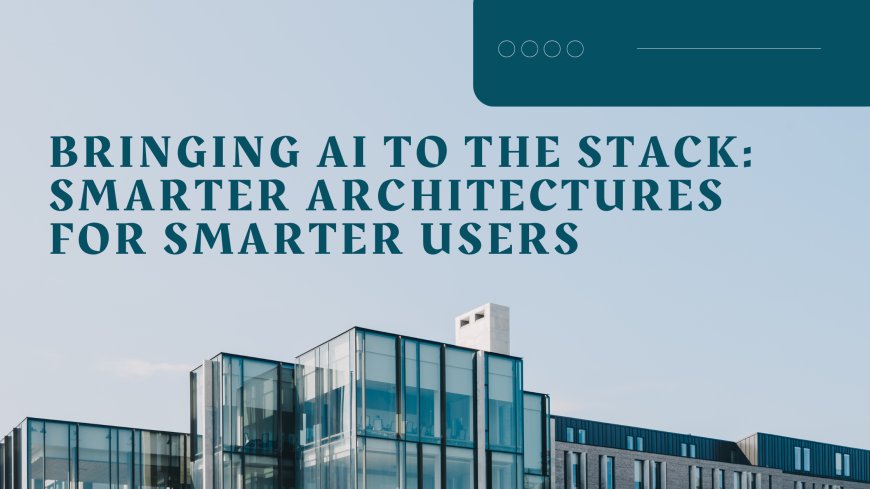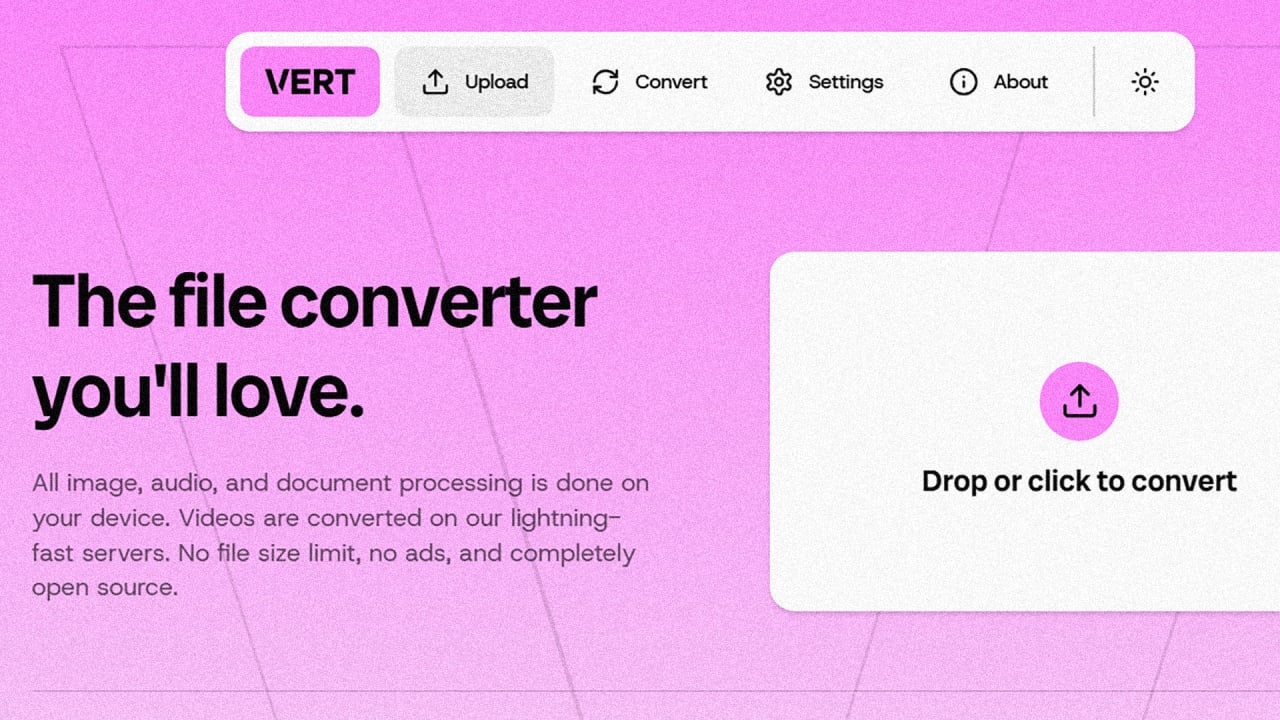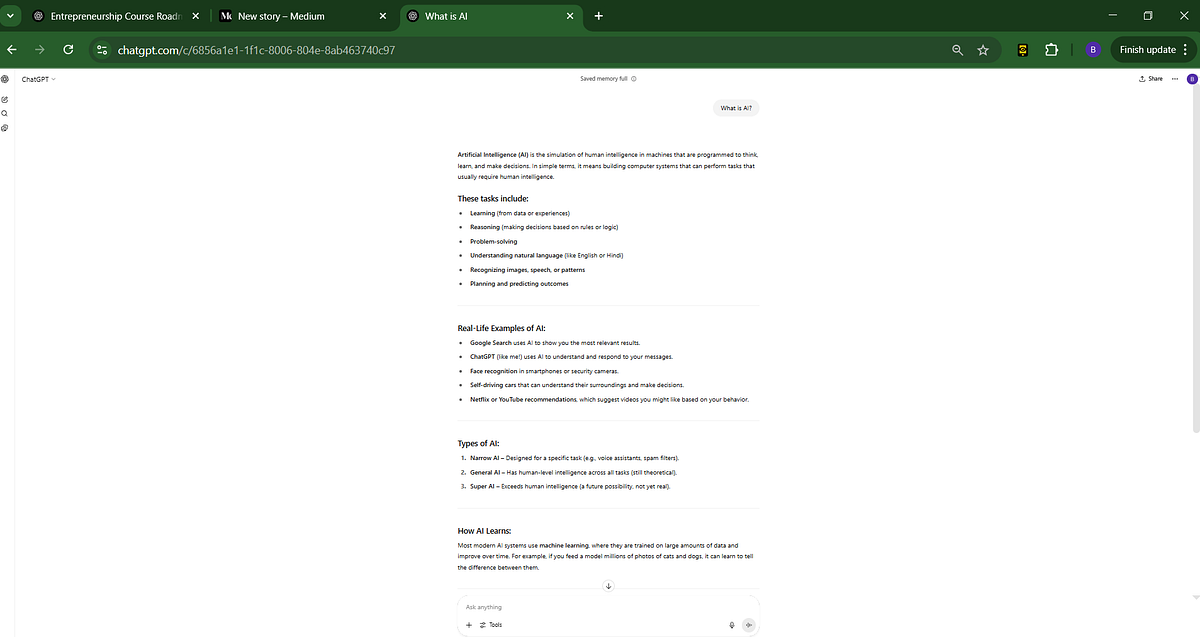Bringing AI to the Stack: Smarter Architectures for Smarter Users
AI is not an optional feature anymore. It's a foundational capability. And the only way to harness its full potential is by embedding it into the very structure of your application—from backend to frontend, data layer to deployment pipeline.

Artificial Intelligence is no longer a buzzword—it’s the engine running beneath the most compelling digital experiences today. Yet, what many don't realize is that the intelligence of an app or platform isn’t just in its machine learning algorithms. It’s in how it’s architected, how its components talk to each other, and how the entire stack is built to accommodate, learn, and adapt.
Welcome to the age where Full Stack development and AI aren’t parallel tracks—they are converging. And that convergence is changing everything from backend efficiency to the micro-movements of user interfaces.
Let’s walk through the layers of this transformation. Think of it as peeling back the skin of modern development, only to find a beating, intelligent heart.
The Full Stack Reimagined: Why the Old Stack Just Doesn’t Stack Up Anymore
Once upon a time, full stack development meant being fluent in both frontend and backend technologies. You built the interface, wrote APIs, managed the database, and maybe even threw in some DevOps. That was enough.
Not anymore.
Today, the stack isn't just about code—it's about cognition. A smart app can personalize recommendations, detect fraud, automate data clean-up, and even correct itself. And that intelligence must be integrated deeply, not slapped on like icing.
AI integration demands more than just plugins or libraries. It needs a shift in architectural thinking. It’s not just about building for users; it’s about building for learning from them.
From Static to Dynamic: Architecting with Learning Loops
Traditional software architectures operate on static logic. Data comes in, logic processes it, and output goes out. Rinse, repeat.
But in an AI-integrated full stack, logic itself can evolve. Imagine a checkout page that notices users hesitating on a payment method and dynamically offers support. Or a backend that spots anomalies in traffic patterns and proactively scales resources before the server even hiccups.
These capabilities stem from embedding learning loops into the stack. Think of feedback mechanisms that collect real-time data, analyze behavior, trigger algorithmic responses, and constantly refine outputs.
It’s not just smart—it’s reflexive. And it can’t be retrofitted; it has to be built-in from the ground up.
Intelligence at Every Layer: How AI Threads Through the Stack
Let’s break it down.
Frontend: AI-driven personalization is reshaping UIs. From intelligent auto-completion to voice-commanded navigation, the frontend is where AI meets the user’s senses. But to work seamlessly, it needs data. Lots of it. In real-time.
Backend: This is the command center. Whether it’s NLP models processing chat interactions or machine learning models flagging risky transactions, backend intelligence transforms raw input into intelligent action. But more importantly, it informs the frontend with what to show, suggest, or correct.
Database: AI needs structured and unstructured data, and it needs them clean. Intelligent databases now support predictive indexing, automated optimization, and anomaly detection. It’s not just about storage anymore—it’s about insight.
APIs: These are the arteries. AI models must communicate with multiple services. APIs now must handle not just data but context, interpretation, and security in real-time. It’s not a one-way relay anymore; it’s a dialogue.
DevOps and Monitoring: Smart observability is emerging. Platforms now use AI to detect system errors before they happen, recommend fixes, and even auto-implement them. We’re talking about machines maintaining other machines.
This threading of intelligence across the entire stack isn’t an add-on. It’s the new default.
Smarter Developers, Smarter Tools: How the Role is Evolving
There was a time when a good developer could simply know React, Node.js, and PostgreSQL, and call it a day. But building an intelligent app today means working with TensorFlow, designing data pipelines, understanding cloud AI services, and interpreting model biases.
The modern full stack developer is no longer a generalist—they are a polyglot with a strategic mindset.
But here’s the kicker: they don’t have to do it alone.
AI is now helping developers too. Tools like GitHub Copilot suggest code completions, linters now detect logic flaws, and CI/CD pipelines use predictive intelligence to warn of deployment issues before they land in production.
The stack isn’t just smarter—it’s making developers smarter.
Ethical AI in the Stack: The Responsibilities No One Can Ignore
This isn’t a utopia. Intelligent systems, if not architected responsibly, can do real harm. Biased algorithms, opaque decision-making, and insecure data practices are all real risks.
When AI becomes a native layer in your stack, ethical considerations must be engineered too. That means:
-
Transparent data flow: Users should know what’s being collected and how it’s being used.
-
Bias mitigation: Your AI shouldn’t just reflect your dataset—it should challenge its blind spots.
-
Auditability: Every automated decision should be traceable.
-
Fail-safes: When AI fails, and it will at times, the fallback experience must still deliver value.
Responsible architecture isn’t just about compliance—it’s about trust. And in a world of intelligent systems, trust is the real UX.
Real-World Impact: How Smarter Stacks Are Winning Markets
Let’s talk outcomes, not theory.
Healthcare: AI-infused stacks are enabling real-time diagnostics by analyzing X-rays or monitoring vitals. From the frontend interface doctors use to backend data models, intelligence saves lives.
Retail: Personalized homepages, dynamic pricing, inventory forecasting—all possible because the stack is learning from user behavior, market shifts, and supply chain data.
FinTech: Fraud detection now happens in milliseconds. Customer service is handled by bots that learn with each interaction. And lending algorithms can assess risk more accurately than traditional scores.
EdTech: Intelligent platforms analyze learning styles and adjust content dynamically. That’s the stack knowing the user—not just serving them.
In each case, it’s not a single AI feature doing the magic. It’s an intelligent architecture running across the stack—end-to-end.
Don’t Just Build—Architect: Why Strategy Matters More Than Speed
The temptation in AI-driven development is to race ahead: throw in a chatbot, integrate OpenAI APIs, brag about ‘AI-powered’ features.
But without architectural vision, it collapses fast.
Why?
Because AI needs context. It needs clean data. It needs compute power. It needs flexibility. And it needs a development environment that can absorb rapid iteration.
That means architecture must come first.
Start by asking:
-
What will the system learn?
-
Where will it learn it from?
-
How will that learning be used?
-
What are the consequences of failure?
Only when those questions have answers should you code.
Think less like a developer, more like a systems thinker. Because in AI, the system is the product.
The Cost of Ignoring Intelligence: Where Legacy Fails
Legacy stacks don’t just underperform—they actively restrict intelligence. Consider:
-
Hard-coded logic means zero flexibility.
-
Monolithic structures make model integration painful.
-
Poor data hygiene breaks AI before it begins.
-
Siloed teams cause intelligence bottlenecks.
Trying to inject AI into this kind of architecture is like trying to teach calculus to a typewriter. You can try—but it won’t get you far.
Modernizing the stack is no longer optional. It’s the difference between product-market fit and irrelevance.
Cloud-Native AI: The Unsung Hero Behind Smart Architectures
One often-overlooked enabler in this revolution is cloud-native development. Why? Because intelligence needs scalability, elasticity, and constant integration.
Cloud platforms like AWS, Azure, and Google Cloud now offer pre-built AI services, from vision APIs to recommendation engines. But more importantly, they offer the infrastructure to deploy models, test versions, scale services, and handle the massive data volumes AI requires.
And with serverless architectures, you can decouple logic, reduce costs, and let each component grow intelligently on its own.
The stack gets lighter, faster, and—yes—smarter.
Talent is the New Tech Stack: The People Power Behind the Brains
Let’s not forget: AI doesn’t build itself.
The smartest architectures are coming from teams that blend engineering with data science, product with ethics, and operations with automation.
Hiring strategies now look different. A good full stack developer must understand machine learning models just enough to call and deploy them. Data engineers must think in user journeys. And designers are increasingly expected to grasp AI affordances.
Cross-functional literacy is no longer a nice-to-have—it’s the glue that holds the smart stack together.
The Road Ahead: Hyper-Personalization, Autonomous Interfaces, and Beyond
Where are we heading?
-
Predictive UX: Interfaces that know what you want before you ask.
-
Conversational-first apps: Where UIs are optional, and AI is the front door.
-
Zero-click workflows: Where systems proactively handle tasks based on learned behavior.
-
Emotion-aware computing: Apps that respond to mood, tone, and sentiment.
These are not sci-fi. They’re being prototyped now. And they require a stack that doesn’t just respond—but anticipates.
In the coming years, the gap will widen between platforms that architect for intelligence—and those that don’t. One will thrive. The other will be remembered for how quickly it became obsolete.
Conclusion: Architecting for Intelligence is the New Stack Standard
AI is not an optional feature anymore. It's a foundational capability. And the only way to harness its full potential is by embedding it into the very structure of your application—from backend to frontend, data layer to deployment pipeline.
But let’s be clear: this isn’t about building AI. It’s about building with AI.
And that shift changes everything. It forces new questions, better collaboration, sharper ethics, and more meaningful products. Users may never see the architecture, but they will feel it—every time the app responds faster, understands better, and delivers more value than expected.
For organizations looking to stay competitive, this isn’t just a technical decision. It’s a strategic one. If you want to build products that are smart, agile, and future-proof, you need a development partner who understands how intelligence flows through the stack.
That’s where the right full stack development services come in—not just to build, but to architect a smarter foundation for everything you do next.
Ready to build something smarter?
































































![https //g.co/recover for help [1-866-719-1006]](https://newsquo.com/uploads/images/202506/image_430x256_684949454da3e.jpg)

























![How Smart PMs Scale Their Careers in Any Org [TPG Live Recap]](https://tpgblog.com/wp-content/uploads/2025/06/2025-06-12-thumbnail-action.png?#)




















































